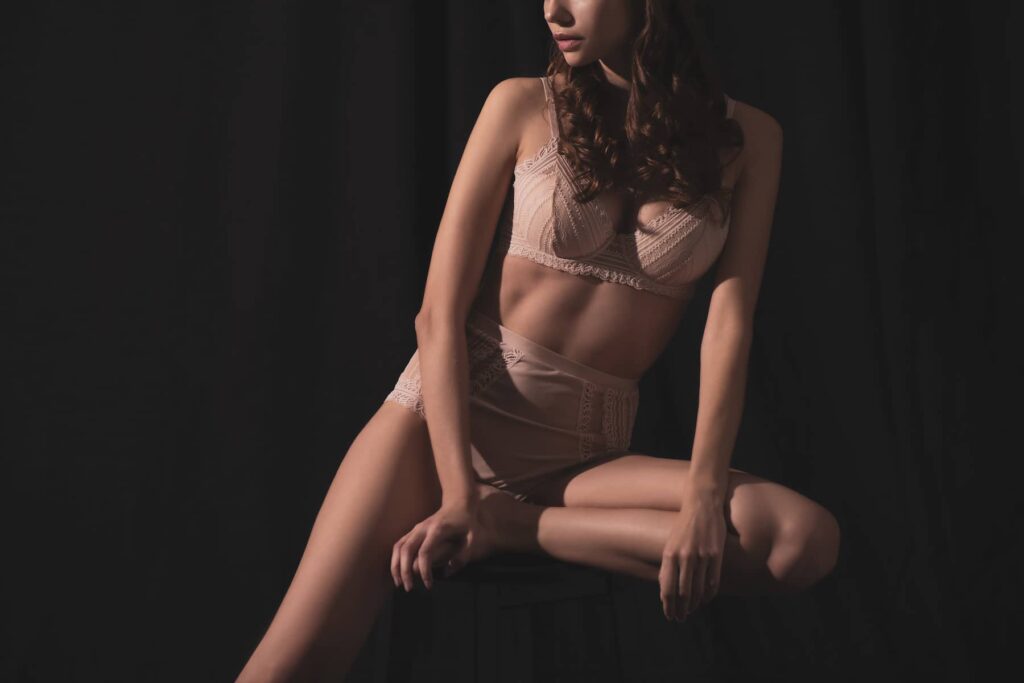Love in today’s world looks different from that of previous generations. With shifting social norms, evolving gender roles, and the influence of technology, the expectations and needs within relationships have transformed. Yet at the core, the fundamental desires remain the same: connection, trust, intimacy, and mutual support. What truly matters in modern love is not about achieving some idealized version of perfection, but about building authentic, emotionally rich partnerships. By valuing authenticity over appearance, embracing practices like erotic massage to deepen trust, and prioritizing emotional support and shared goals, couples today are redefining what it means to truly be together.
Authenticity Over Perfection
In an age where social media constantly showcases curated lives, the pressure to present a perfect relationship is stronger than ever. Couples post highlight reels of romantic vacations, perfectly posed dates, and grand declarations of love. This environment can create unrealistic expectations, making individuals feel inadequate if their relationships experience the normal ups and downs of real life.
However, the relationships that endure are built not on perfection but on authenticity. True love today is rooted in the willingness to be real with one another—to show vulnerability, to share fears and dreams, and to embrace imperfections rather than hide them. Authenticity allows couples to see and accept each other as whole beings, rather than as idealized versions crafted for public consumption.
This emphasis on authenticity also fosters stronger emotional bonds. When partners feel safe to be themselves without judgment, trust flourishes. Honesty about needs, boundaries, and emotions creates a foundation where both individuals can grow, individually and together. Modern love thrives when couples focus less on appearances and more on genuine connection, knowing that a flawed but honest partnership is far richer and more resilient than a seemingly perfect facade.
Erotic Massage as a Pathway to Deeper Trust
Physical intimacy remains a vital part of any romantic relationship, but in today’s fast-paced world, meaningful physical connection can sometimes be neglected or rushed. Erotic massage offers a way for couples to slow down, reconnect, and build deeper trust through mindful touch and mutual care.

Unlike many other forms of intimacy, erotic massage emphasizes giving and receiving without pressure or expectation. It requires partners to be fully present with each other, listening to the body’s cues and responding with attentiveness and sensitivity. This creates a powerful environment for building trust, as each partner learns to read and honor the other’s boundaries, desires, and needs.
The act of erotic massage encourages vulnerability, both physical and emotional. It allows couples to explore intimacy in a safe, nurturing way, deepening their understanding of each other beyond words. Through touch, partners can communicate love, respect, and devotion, reinforcing the emotional foundation of their relationship.
In a world where so much interaction happens through screens and distractions are constant, erotic massage offers a sacred space for partners to reconnect on the most fundamental level. It reminds couples that love is not just about shared interests or aligned goals, but also about the quiet, profound intimacy of touch, trust, and presence.
Emotional Support and Partnership
While passion and excitement often spark relationships, it is emotional support and true partnership that sustain them over time. Modern love demands that couples see each other not only as romantic partners but as allies, teammates, and companions in the journey of life.
Emotional support means being present during both triumphs and struggles. It is about celebrating each other’s successes without jealousy and offering comfort during failures without judgment. True partnership requires active listening, empathy, and a commitment to lifting each other up, even when life becomes challenging.
Shared goals and mutual respect are also central to enduring love. Couples who view their relationship as a partnership work together to build a life that reflects their shared values and dreams. They understand that while passion may ebb and flow, the steady commitment to supporting one another creates a bond that can weather any storm.
Modern relationships are less about rigid roles and more about collaboration and flexibility. Partners share responsibilities, adapt to each other’s evolving needs, and recognize that growth is a continuous process. Emotional support becomes the glue that holds everything together, allowing love to deepen and mature over time.
In today’s complex world, what truly matters in relationships is authenticity, trust, and unwavering emotional support. By embracing these values, couples can build partnerships that are not only resilient and joyful but also a profound source of meaning and fulfillment in their lives.